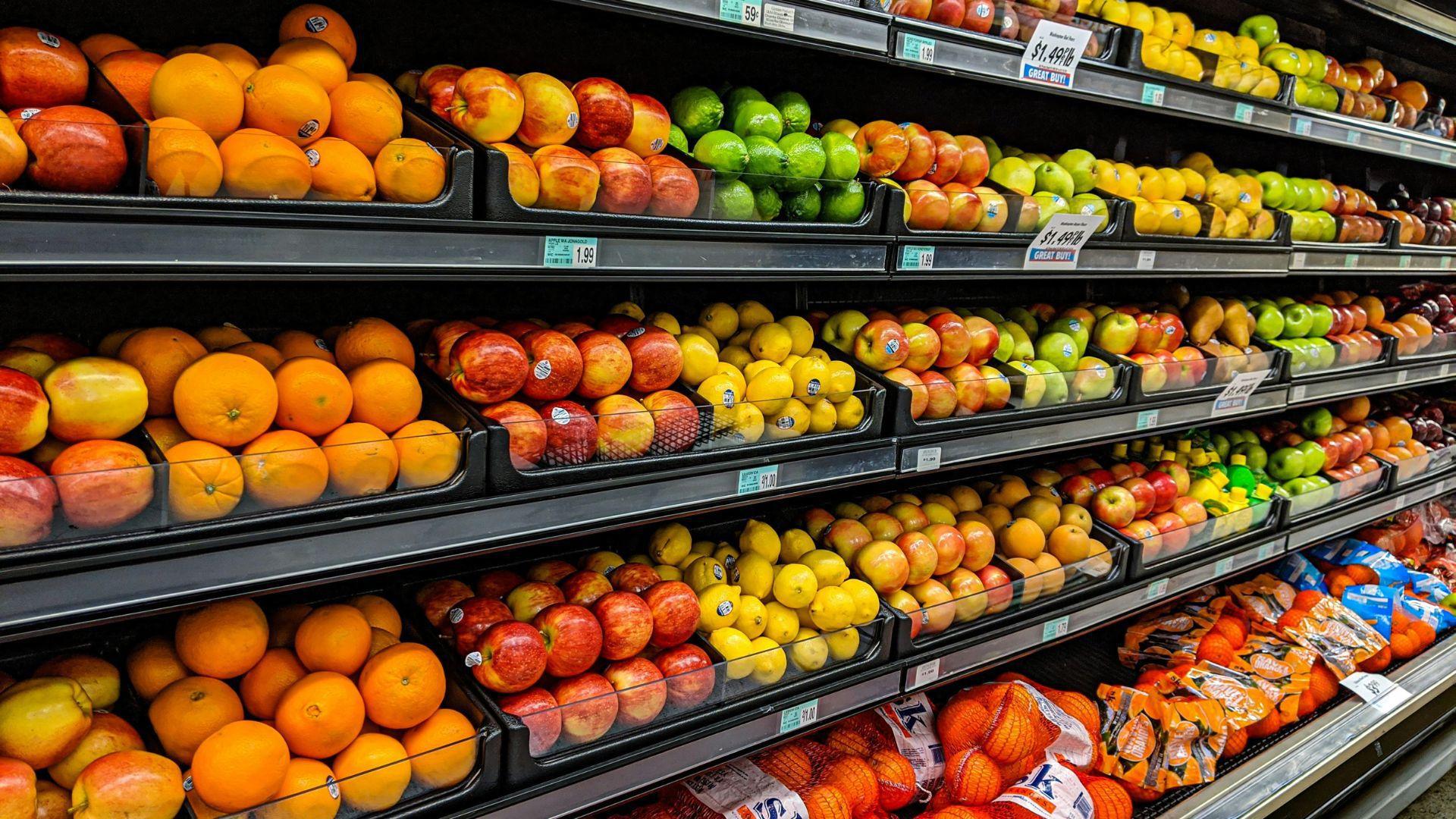A recent study reveals that dark chocolate products available across the nation may contain high levels of heavy metals. Conducted by researchers from George Washington University and published in the peer-reviewed journal Frontiers in Nutrition on Wednesday, the study analyzed over 70 dark chocolate products from retailers such as Whole Foods Market, Amazon, and GNC.
The focus was on detecting the presence of heavy metals like lead, cadmium, and arsenic in these products.
Significant Lead and Cadmium Findings

The study found that 43% of the products had lead levels exceeding acceptable limits, while 35% surpassed cadmium levels.
These findings are based on California’s Prop 65 regulations, which establish maximum allowable doses for heavy metals in food, as the Food and Drug Administration (FDA) does not impose limits on these metals in most foods, according to Leigh Frame, director of integrative medicine at George Washington University School of Medicine and Health Sciences and the study’s lead author.
California’s Stricter Heavy Metal Limits

Although the FDA provides recommended limits for chocolate and sugar-based candies specifically for children, California’s guidelines set the heavy metal threshold in foods at 0.5 micrograms per day.
This standard is more stringent than the FDA’s recommendations.
Daily Exposure Levels

The researchers estimated daily exposure levels based on the serving sizes indicated on the chocolate product labels.
They discovered that the chocolate samples ranged from 0 to 3.316 micrograms per daily serving, with cadmium levels, a carcinogen at high levels, varying from 0.29 to 14.12 micrograms, surpassing the daily limit of 4.1 micrograms.
Arsenic Levels Within Limits

No products exceeded the arsenic limit. Frame advised that, given the varying lead levels in the products, limiting consumption is the best way to minimize exposure.
“Don’t have large amounts of chocolate every single day,” she suggested. “One ounce serving size is what we recommend, or maybe you have 2 ounces every other day.”
Avoiding Heavy Metals Completely Is Impractical

Experts acknowledge that avoiding heavy metals entirely in our diet is nearly impossible since foods like rice, fish, fruits, and vegetables can also contain these metals.
While the body can naturally excrete some heavy metals through sweat and urine, excessive consumption can lead to accumulation and harm major organs. Frame emphasized, “You actually cannot avoid exposure to heavy metals in the diet. It’s really not about avoiding them; it’s about making sure you’re not getting too much.”
Diversify Your Diet

A varied diet can help mitigate excessive exposure to specific substances.
“Not eating the same thing day after day is going to help protect you from many different things, including heavy metals,” Frame noted. The study did not specify which brands had particular metal concentrations due to variability even within the same brand.
Organic Label Not a Guarantee of Metal Safety

Interestingly, the research indicated that organic cocoa products were more likely to have higher levels of cadmium and lead.
“Organic food doesn’t necessarily mean that it’s been checked for exposure to toxic metals like lead, cadmium and arsenic,” said Manish Arora, vice chairman of the department of environmental medicine and climate science at the Icahn School of Medicine at Mount Sinai, New York City. He added, “I think to most of the public ‘organic’ just means cleaner, and in this case it’s counterintuitive.”
Uncertainty Over Metal Sources

Arora, who was not involved in the study, expressed concerns about the lack of clarity on how these metals entered the chocolate products.
“Is it the processing, the farming or the type of soil or the fertilizer or any other farming process that they’re using?” he questioned. “We are left not being sure where the metal actually entered the food chain.”
Cadmium from Soil, Lead from Manufacturing

Previous research has identified that cadmium primarily enters dark chocolate from the soil through the cacao plant, while lead can be introduced at various stages of the manufacturing process, including harvesting, drying, and fermenting the cocoa beans.
Although the FDA does not set limits for cadmium or arsenic, nearly all the chocolate bars in the study were below the FDA’s recommended lead limits: 2.2 micrograms per day for children under 7 and 8.8 micrograms per day for women of childbearing age. This contrasts with California’s Prop 65 limits, which are more conservative, according to Frame.
Godebo Criticizes Prop 65 Standards as Overly Conservative

Tewodros Godebo, an assistant professor of environmental health sciences at Tulane University School of Public Health and Tropical Medicine, criticized the Prop 65 standards as overly conservative, potentially causing unnecessary alarm.
Godebo’s own research, using an EPA method known as the hazard quotient, found that the heavy metal levels in chocolate were not concerning for adults. Despite this, he recommended limiting dark chocolate consumption to no more than an ounce per day, particularly for children and pregnant women.
Milk Chocolate May Have Lower Heavy Metal Risk

The study did not assess milk chocolate.
However, Frame speculated that it might have a lower risk of heavy metal contamination, as the metals are believed to originate primarily from cocoa powder, which is present in higher quantities in dark chocolate.








































